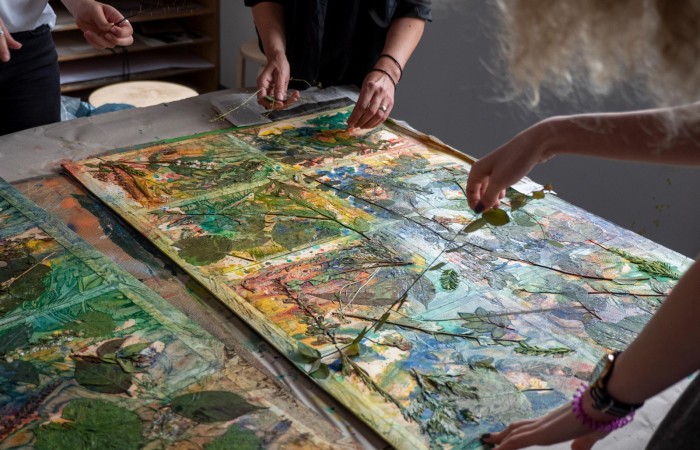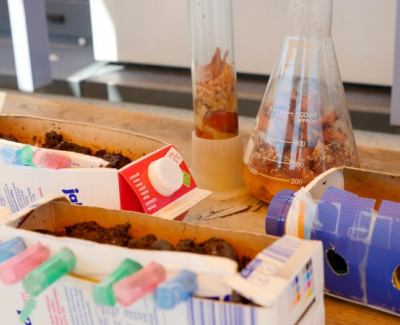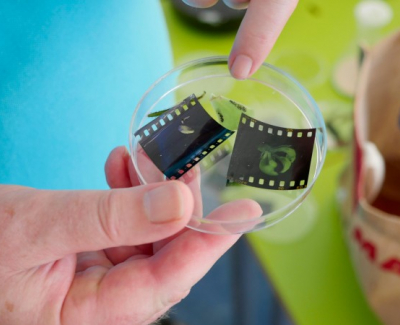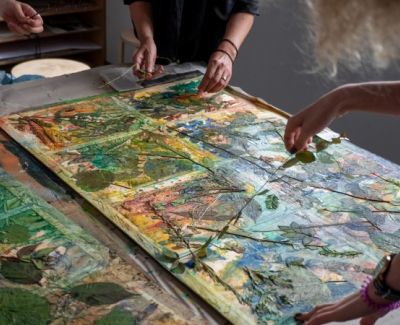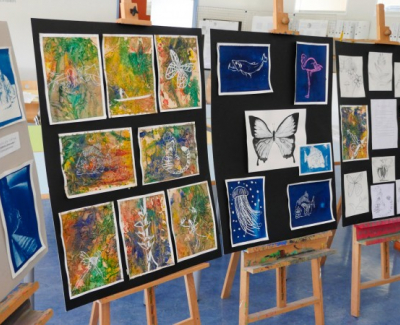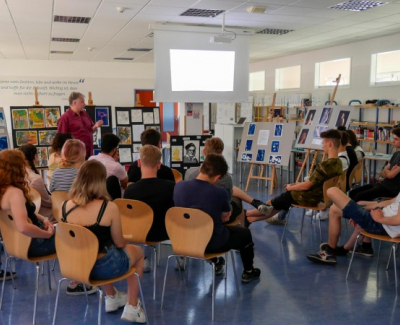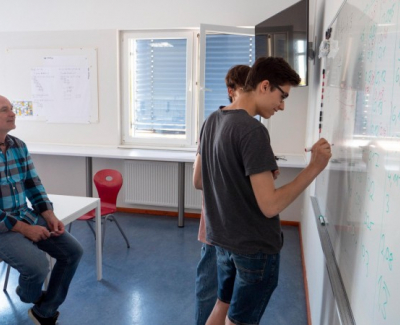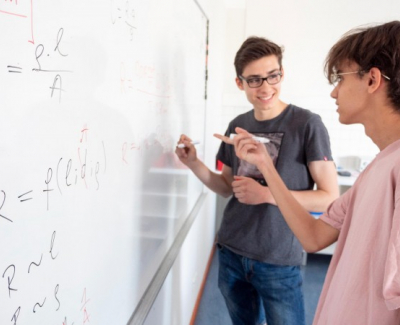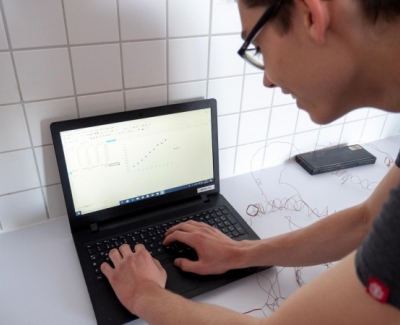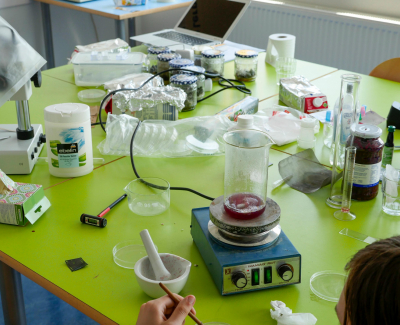–
During the 2019 Summer Project Week, the Upper School dealt with the life and work of the German natural scientist Alexander von Humboldt and his companions. The subjects German, History, Mathematics, Physics, Art and Biology dealt with the ideas and findings of the scientist and researched the state of science in the 18th century.
The basis was the book "Die Vermessung der Welt" by Daniel Kehlmann, which the students interpreted and edited in German. Within this framework, literature portfolios were created in which a lot of research work flowed. In addition, a scene was translated into several languages. How do you say "spherical bodies" in Azerbaijani? How do you translate a language joke into Italian, French or Arabic? Exciting questions to which the students had to find answers.
For History, an interactive timeline about the history of science and technology was developed, which offers the possibility of retrieving digital content such as photos, films and diagrams using QR codes.
Artistically, the students dealt with the colour spectrum of the sky, with the connection between nature and body and with the origins of photography. Portraits of Humboldt and Gauss were made using the process of tone separation.
In Mathematics and Physics, the pupils tried to measure their environment. By using triangulation, the school area was measured from the roof of the Klax School, just as Johann Carl Friedrich Gauss once measured the Kingdom of Hanover. In addition, the pupils faced the following problem: How can the length of a very long wire be determined? Is resistance measurement the best method or is proportionality determined on the basis of a ratio equation? Alternatively, the length could be calculated using the density, mass and diameter of the wire. Or you can simply measure it with a tape measure, but for that you would have to really smooth the unruly material out first...
In Biology, the students investigated the behaviour of carnivorous plants and fungi. How do manure fungi catch threadworms for the production of nitrogen? Are their methods comparable with those of carnivorous plants? Do fungi prefer to shoot in the direction of yellow, red or blue filtered light?
Many of their experiments were carried out by the pupils with methods that would also have been available to the natural scientist Humboldt. In a concluding presentation, the results of the projects were presented and discussed.
